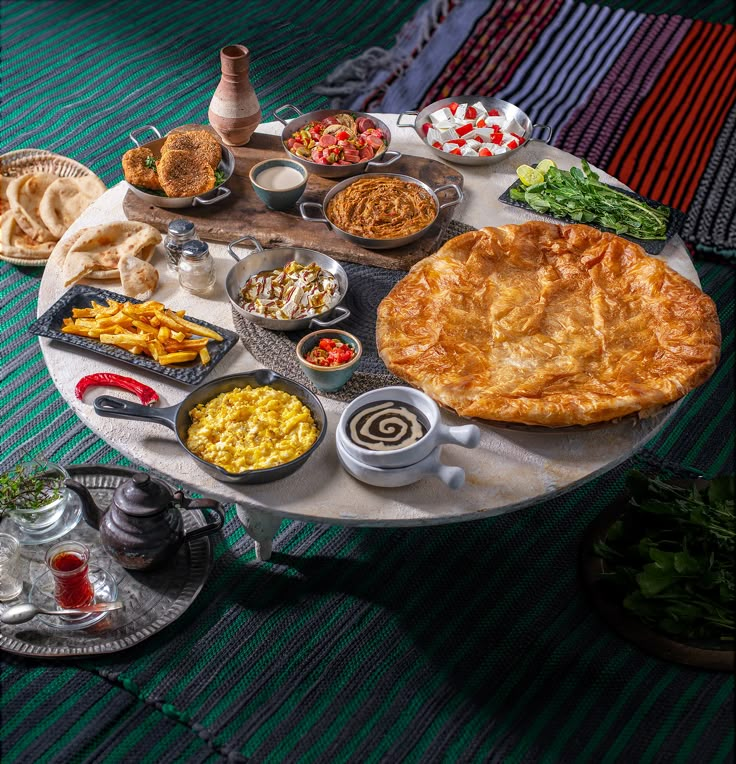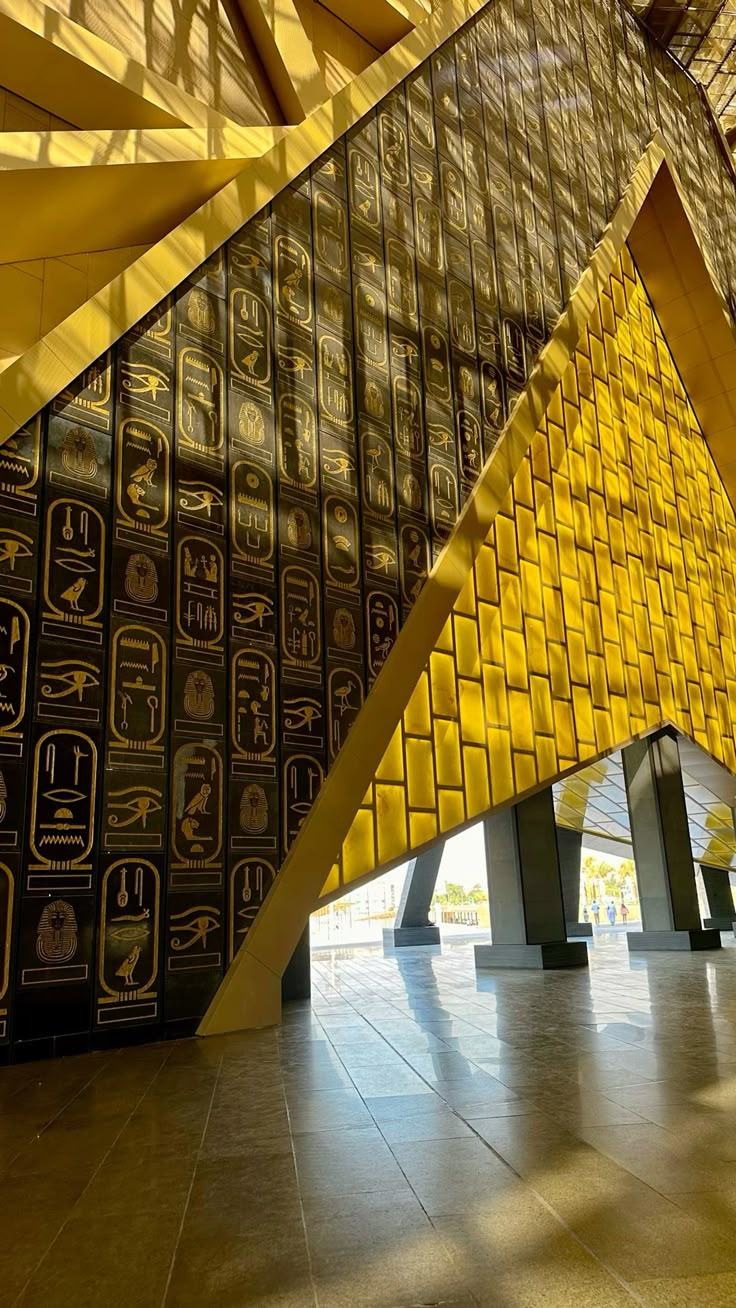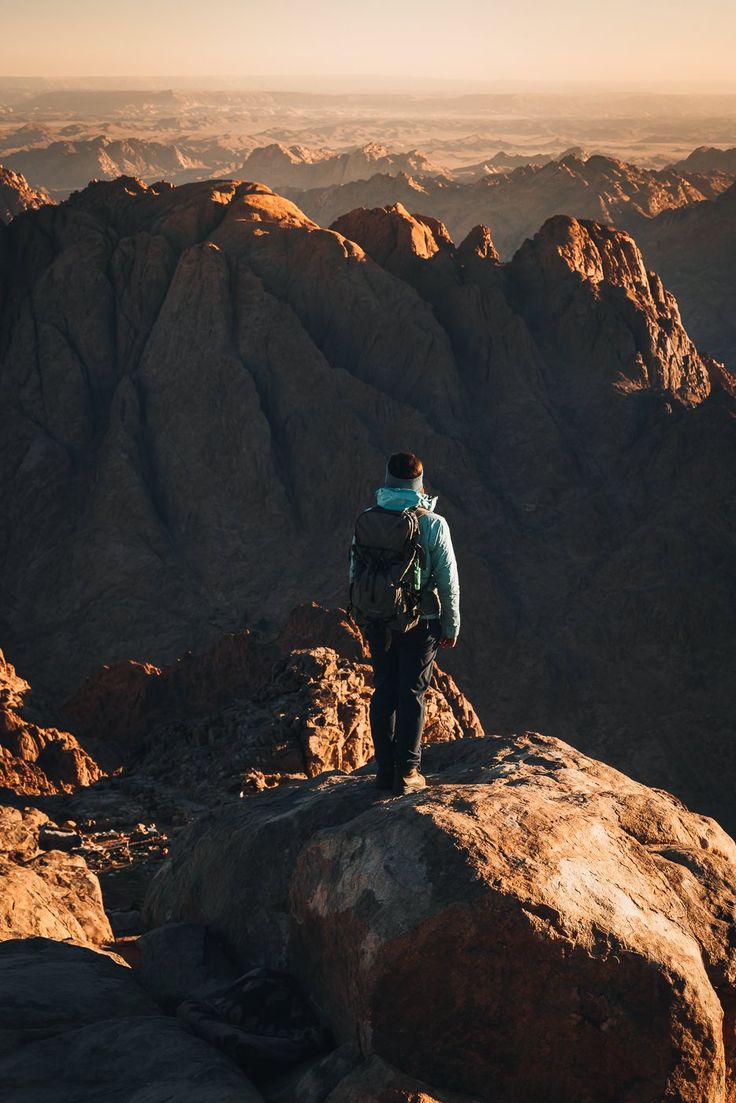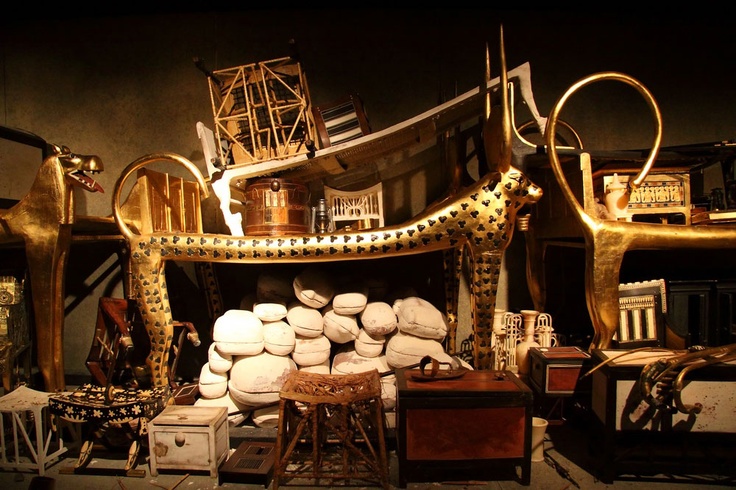
10 Authentic Egyptian Cuisine Dishes To Try
Egyptian cuisine is a vibrant tapestry woven with flavors, history, and tradition. Rooted in one of the world’s oldest civilizations, it reflects a unique blend of influences from the Pharaohs, Middle Eastern spices, Mediterranean freshness, and African richness. With the Nile River providing fertile lands for fresh produce and grains, Egyptian dishes are known for their hearty ingredients, bold seasonings, and comforting textures.
From the street food stalls serving koshari and ta’ameya to family feasts featuring molokhia and fattah, every meal tells a story of heritage and hospitality. Desserts like om ali and Roz Bel Laban add a sweet touch, while daring delicacies like feseekh showcase the nation's love for bold flavors. Whether you crave spice, sweetness, or something in between, Egyptian cuisine offers a delicious journey through time and taste.
1. Koshari (كشري)
A beloved street food made with rice, lentils, chickpeas, macaroni, and a tangy tomato sauce, topped with crispy fried onions.
2. Ful Medames (فول مدمس)
A staple Egyptian breakfast dish of slow-cooked fava beans, usually mashed and mixed with olive oil, lemon juice, garlic, and cumin.
3. Ta'ameya (طعمية)
Egyptian falafel made from fava beans instead of chickpeas, deep-fried until crispy and served in pita bread with tahini and vegetables.
4. Molokhia (ملوخية)
A thick green soup made from finely chopped jute leaves, cooked with garlic, coriander, and often served with rice and meat (chicken, rabbit, or beef).
5. Fattah (فتة)
A festive dish consisting of layers of rice, crispy bread, and garlic-vinegar tomato sauce, topped with lamb or beef.
6. Mahshi (محشي)
Vegetables such as zucchini, bell peppers, and grape leaves stuffed with a mixture of rice, herbs, and spices, then cooked in tomato sauce.
7. Hawawshi (حواوشي)
A popular street food made of spiced minced meat stuffed inside crispy pita bread and baked or grilled.
8. Feseekh (فسيخ)
A traditional dish of fermented and salted grey mullet fish, eaten mainly during Sham El-Nessim. It's known for its strong aroma and is usually served with pita bread, onions, and lemons.
9. Roz Bel Laban (رز باللبن)
Egyptian rice pudding made with rice, milk, sugar, and flavored with vanilla or rose water, often topped with nuts.
10. Om Ali (أم علي)
A famous Egyptian dessert similar to bread pudding, made with layers of pastry, milk, nuts, and raisins, then baked until golden and crispy.











